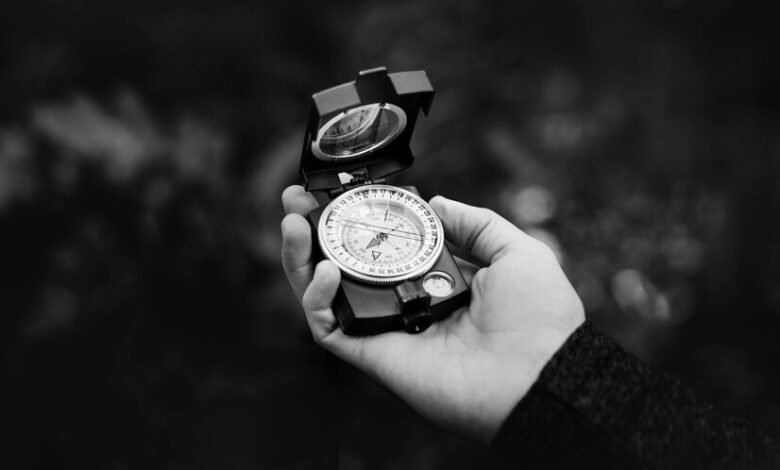The Evolution and Influence of the “First Watch” Concept

The “First Watch” concept, though seemingly straightforward, carries profound significance within various cultural, historical, and technological contexts. This exploration delves into the multifaceted dimensions of the “First Watch,” from its origins in maritime tradition to its contemporary relevance in horology and beyond.
Historical Origins and Maritime Significance
The Early Days of Timekeeping at Sea
The term “First Watch” originally stems from the maritime practice of dividing the day into watches or shifts, allowing sailors to take turns at duty and rest. This system was crucial for the operation of ships, ensuring that vessels were manned at all times, especially during the long, perilous journeys of exploration and trade in the Age of Sail. The First Watch traditionally refers to the evening shift, from 8 PM to midnight, marking the beginning of a cycle of watches that continued round the clock.
Evolution of Nautical Timekeeping
As navigation evolved from the stars to sophisticated timekeeping instruments, the importance of accurately keeping time at sea became paramount. The invention of the marine chronometer in the 18th century revolutionized maritime travel, allowing for precise longitude calculation. This technological leap forward underscored the critical role of timekeeping in maritime safety and efficiency, embedding the practice of observing watches, including the First Watch, deeply into naval tradition.
The Horological Significance
The Advent of the Wristwatch
Transitioning from the high seas to the domain of personal timekeeping, the concept of the “First Watch” found new resonance in the world of horology. The first wristwatches, emerging in the late 19th to early 20th century, represented not only a technological achievement but also a cultural shift in how time was personally monitored and valued. These initial timepieces set the stage for the wristwatch to become an indispensable tool in both civilian and military life, embodying precision, reliability, and innovation.
Milestones in Watchmaking
The evolution of the wristwatch has been marked by several groundbreaking “firsts” that have pushed the boundaries of what is possible in watchmaking. From the creation of the first waterproof watch, the Oyster, by Rolex in 1926, to the debut of the first quartz watch, the Seiko Astron, in 1969, these milestones reflect a relentless pursuit of advancement and excellence in the field. Each “First Watch” in this context symbolizes a leap forward in technology, design, and utility, influencing the direction of the industry and the expectations of consumers.
Cultural and Societal Impact
Watches as Symbols of Status and Identity
Beyond their functional utility, watches have also assumed a significant role as symbols of status, identity, and personal style. The “First Watch” someone owns or chooses to wear can speak volumes about their values, preferences, and social standing. Luxury watches, in particular, serve as emblems of achievement and craftsmanship, embodying centuries of tradition and innovation. This symbolic dimension adds layers of meaning to the concept of the First Watch, intertwining it with narratives of heritage, prestige, and personal journey.
The Role of Watches in Modern Life
In today’s digital age, where time is ubiquitously displayed on screens and devices, the wristwatch persists as a relevant and cherished accessory. The endurance of the wristwatch in the face of technological change speaks to its deep-rooted significance in culture and society. Watches are more than just timekeepers; they are heirlooms, works of art, and expressions of technological prowess. The “First Watch” in this contemporary context represents an entry point into the world of horology, a marker of milestones, and a link to a tradition of timekeeping that spans centuries.
Conclusion
The “First Watch” concept encapsulates a rich tapestry of meanings, from its origins in the practical necessities of maritime life to its status as a symbol of technological innovation, personal achievement, and cultural heritage. As we have seen, the First Watch is more than a temporal marker; it is a reflection of human ingenuity, a witness to history, and a carrier of personal stories. In exploring the depths of its significance, we uncover the enduring importance of timekeeping in shaping human experiences, guiding technological progress, and expressing individual identity. As we continue to navigate the currents of time, the First Watch remains a beacon of our collective journey, illuminating the past, present, and future.




